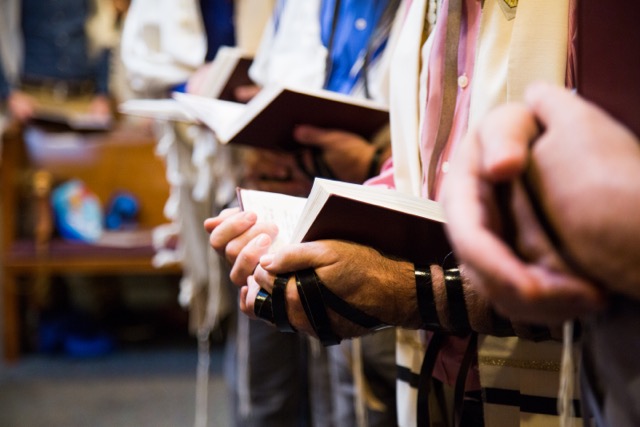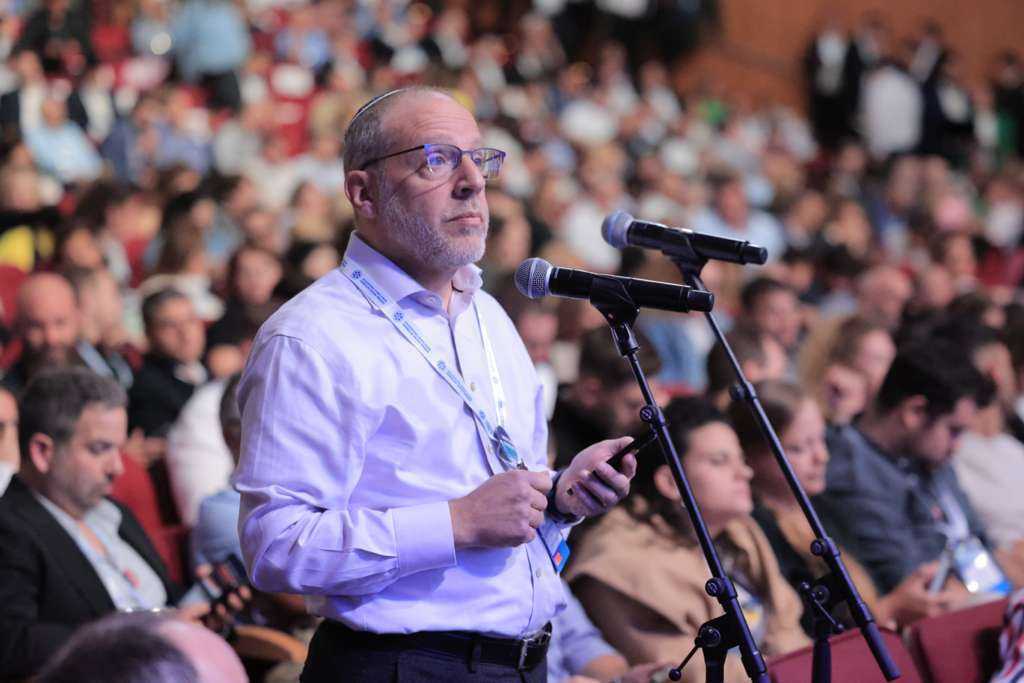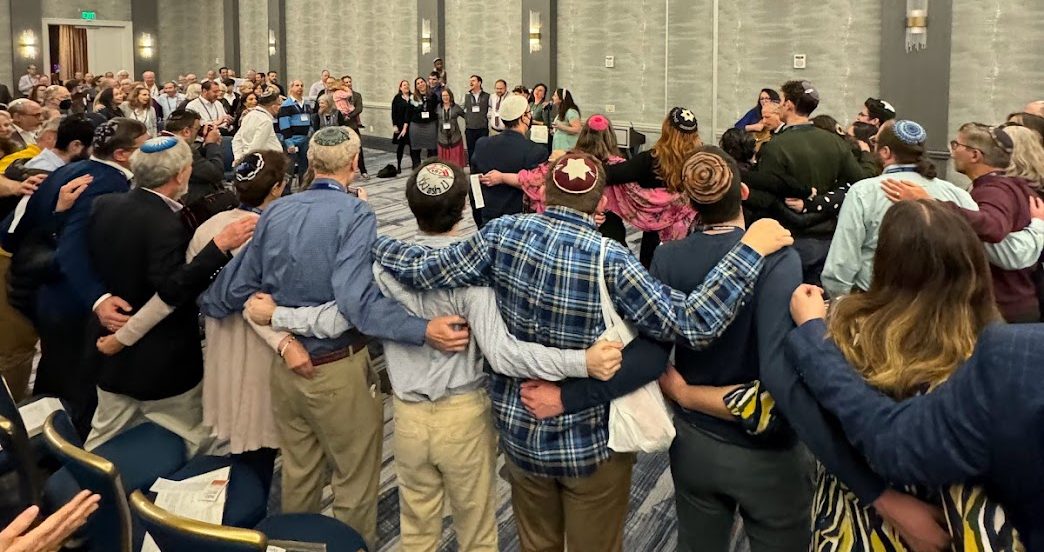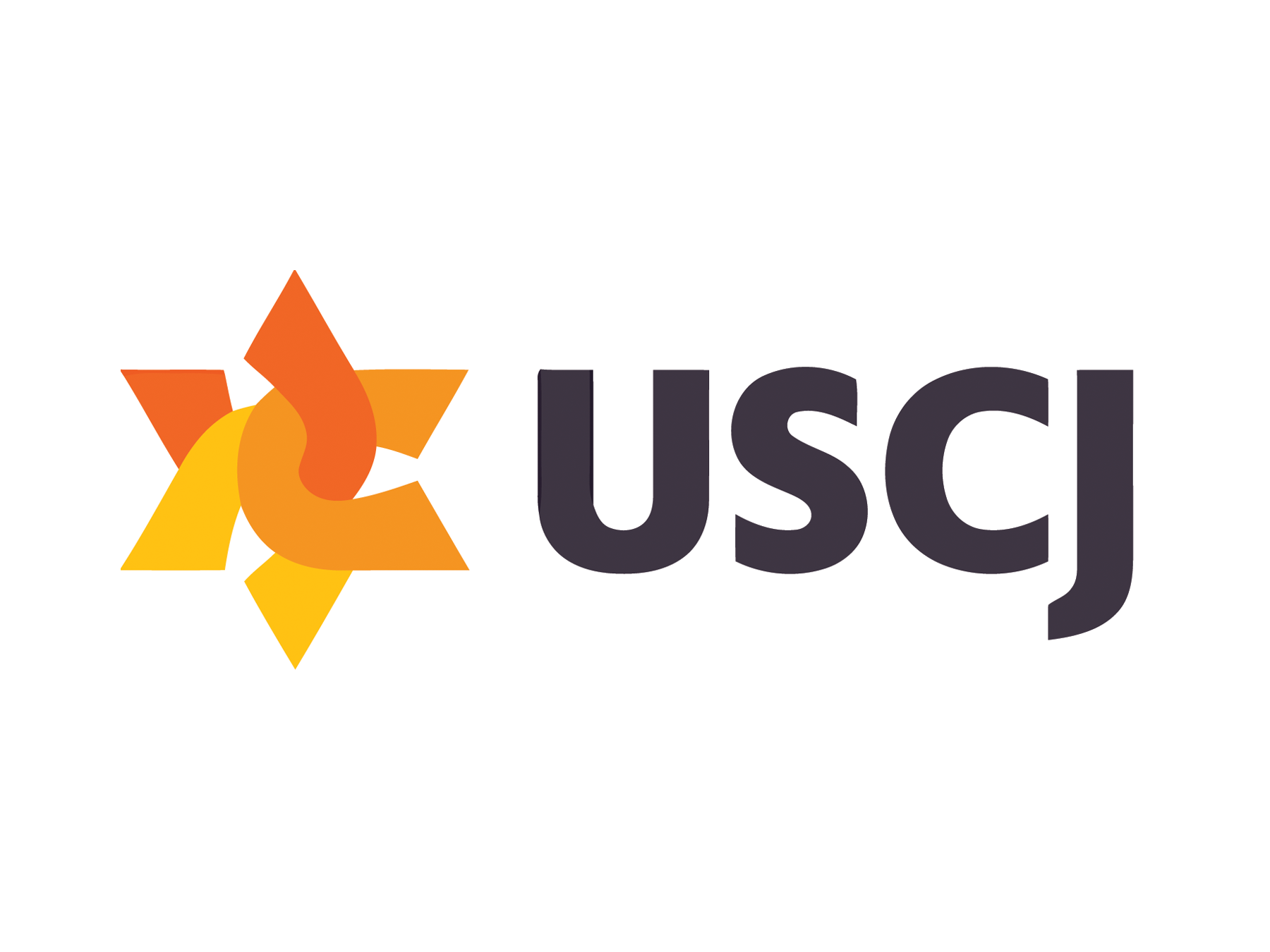
A recent poll of USCJ congregations, with 137 respondents, suggests that most Conservative/Masorti synagogues regularly hold Shabbat services and weekday minyanim. About two-thirds reported morning minyan at least once weekly and half reported afternoon/evening minyan at least once weekly.
Weekday Services
Mondays and Thursdays take the lead for morning minyan, which ties in beautifully with our Torah-reading traditions. Afternoon/evening weekday services were evenly distributed throughout the week. About 40% of respondents have regular, but not daily, weekday service options.
More than half of congregations have a daily minyan, with 82 synagogues (60%) holding at least one minyan per day. The breakdown of these respondents is below. Showing that 55 respondents (40%) offer twice-daily minyan.
- 9 have only morning minyan
- 18 have only afternoon/evening minyan
- 55 offer twice-daily minyan
Shabbat Services
Unsurprisingly, the vast majority of respondents reported having at least one Shabbat service per week, with only two respondents having weekday services but no Shabbat services and one respondent having holiday services but no Shabbat or weekday services. More than 90% of respondents reported having both Kabbalat Shabbat (Friday night) and Shabbat morning offerings, with a handful of comments clarifying that Kabbalat Shabbat is offered only on special occasions in their communities.
Digital Services
Digital options are thriving! About 77% of respondents offer hybrid or digital-only weekday minyan options. Interestingly, of the 19 respondents (13%) holding in-person-only services with no digital options, half of those respondents, 10 congregations, were in the mid-size category of 300-699 member units or more.
A variety of practices regarding digital minyan counting were reported. For hybrid services, half of the congregations who selected this option require a minyan to be physically present for Kaddish or Torah reading to occur. About 40% of respondents count digital participants as part of the minyan, and another 10% count digital participation for saying Kaddish but not for reading Torah. About a quarter of congregations reported having regular digital-only weekday services.
In a question asking congregations if there are multiple ways to access Shabbat services they reported: (Respondents could, and often did, choose multiple options.)
- 91% in-person Shabbat services
- 70% livestream/non-interactive Shabbat services
- 40% interactive digital (e.g. Zoom) Shabbat services
In conclusion, the findings of this poll highlight a vibrant and adaptive landscape within Conservative/Masorti congregations, showcasing their commitment to fostering community and inclusivity through both in-person and digital services. As synagogues continue to embrace innovative practices, they are preserving our traditions but also ensuring accessibility for participants. It’s inspiring to see how these congregations are meeting the diverse needs of their members, creating dynamic spiritual environments that enrich the lives of many. Whether through the warmth of a weekday minyan or the convenience of a digital service, the future of our communities looks bright and promising.









